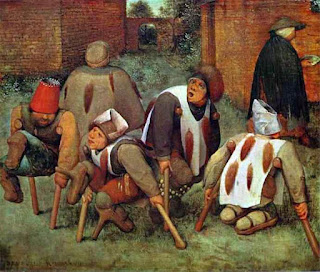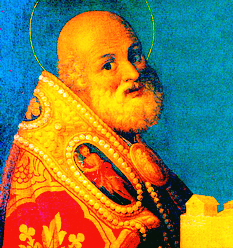The author shared three forms of prayer: reading, ordinary prayer, and contemplative prayer. Reading referred to contemplative or pious reading (in Latin, lectio pia). Ordinary prayer would be praying out loud or silently.
The last, contemplative prayer, inspired what is now called Centering Prayer, a form of Christian meditation with a strong emphasis on internal silence. The idea is to be more "present" and open to God.
Indeed, the point of the "Cloud" seems to be to avoid specific images and works and thoughts of God's attributes, and realize that God is not really knowable, that there is a vast "cloud of unknowing" between you and God. One must surrender all thought of specific aspects of God and open oneself to allow a glimpse of the true indescribable nature of God. This abandonment of trying to know God by specifics is the apophatic method, mentioned when discussing Maimonides' explanation of what God is by discussing what God is not.
The author felt that his approach was not for just anyone. At the start of the prologue, he says:
I charge thee and I beseche thee, with as moche power and vertewe as the bonde of charité is sufficient to suffre, [...] neither thou rede it, [nor] write it, [nor] speke it, [nor] [yet] suffre it be red, wretyn, or spokyn, of any or to any, bot yif it be of soche one or to soche one that hath (bi thi supposing) in a trewe wille [...] to be a [perfect] folower of Criste,
There are a few other works that are possibly written by the same author. One of them seems certain: "The Book of Privy Counseling" is only half the length of his most famous work, and explains further the concepts in "Cloud." The "Cloud" has 17 known manuscripts, and was clearly not as popular as the works of Richard Rolle, but interest grew in the 20th century.
One paragraph stands out for some thinkers:
If you want to gather all your desire into one simple word that the mind can easily retain, choose a short word rather than a long one. A one-syllable word such as "God" or "love" is best. But choose one that is meaningful to you. Then fix it in your mind so that it will remain there come what may. This word will be your defence in conflict and in peace. Use it to beat upon the cloud of darkness above you and to subdue all distractions, consigning them to the cloud of forgetting beneath you. [Chapter 7]
Some see in this a strong similarity to Buddhist meditation and modern transcendental meditation, which got me thinking: was Buddhism known in medieval Western Europe? Let's find out tomorrow.














